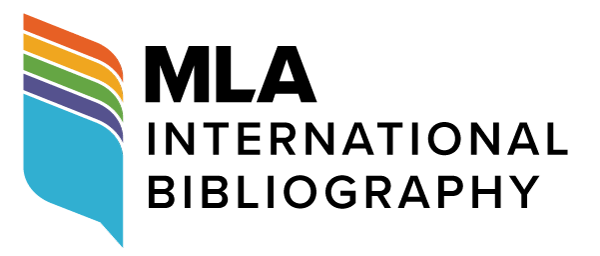Acquisition of English Pitch Contours in Serbian Speakers of English
DOI:
https://doi.org/10.18485/bells.2020.12.4Keywords:
English intonation phrase, pitch contour, pitch modulation, Serbian EFL learners, L2 prosodic errorsAbstract
This paper deals with the production of English intonation phrases (IPs) and the common deviations in pitch contours in a group of sixty-eight L2 speakers of English. Five English nuclear types with varying prenuclear patterns are explored (High-Fall (HF), Low-Fall (LF), Low-Rise (LR), Fall-Rise (FR) and Rise-Fall (RF)) and evaluated auditorily. Acoustic analysis identified the common errors in L2 English intonation contours and accounted for some of the underlying reasons. Serbian speakers of English devoid English intonation phrases of their characteristic extensive pitch modulations that define the L1 English intonation. This is manifested as the following: flattening of the high head or high prehead (LF, LR), levelling of the rising tail (LR, FR), and difficulty producing multiple pitch dives and pitch climbs in a single intonation phrase. Pitch modulations are easier to produce on a single syllable than on a string of syllables (FR).
Downloads
References
Downloads
Published
Issue
Section
License

This work is licensed under a Creative Commons Attribution-ShareAlike 4.0 International License.
Authors who publish with this journal agree to the following terms:
- Authors are confirming that they are the authors of the submitting article, which will be published (print and online) in Belgrade English Language and Literature Studies by the Faculty of Philology, University of Belgrade (Faculty of Philology, Studentski trg 3, 11000 Belgrade, Serbia). Author’s name will be evident in the printed article in the journal. All decisions regarding layout and distribution of the work are in hands of the publisher.
- Authors guarantee that the work is their own original creation and does not infringe any statutory or common-law copyright or any proprietary right of any third party. In case of claims by third parties, authors commit their self to defend the interests of the publisher, and shall cover any potential costs.
- Authors retain copyright and grant the journal right of first publication with the work simultaneously licensed under a Creative Commons Attribution-ShareAlike 4.0 International License that allows others to share the work with an acknowledgement of the work's authorship and initial publication in this journal.
- Authors are able to enter into separate, additional contractual arrangements for the non-exclusive distribution of the journal's published version of the work (e.g., post it to an institutional repository or publish it in a book), with an acknowledgement of its initial publication in this journal.
- Authors are permitted and encouraged to post their work online (e.g., in institutional repositories or on their website) prior to and during the submission process, as it can lead to productive exchanges, as well as earlier and greater citation of published work.




